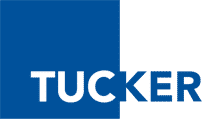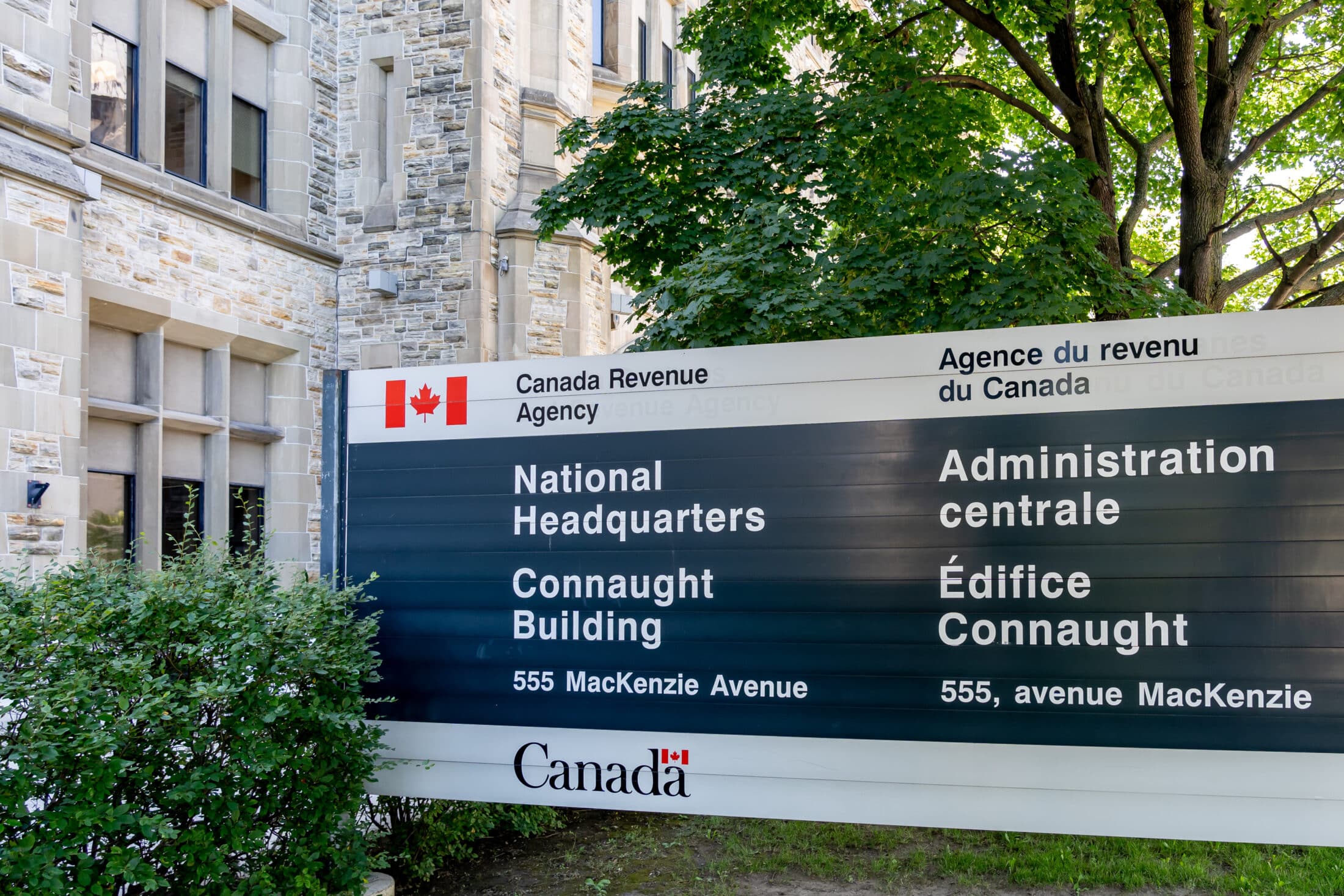With the start of 2023, many tax amounts have been increased. These increases can offer taxpayers some relief during this time of inflation. The following explains recent tax changes and how they may affect healthcare professionals.
Inflation adjustment factor:
Most income tax and benefit amounts are indexed to inflation. In the past, when inflation was negligible, these amounts seldom changed. But, in November 2022, the Canada Revenue Agency (CRA) acknowledged the impact of inflation and so announced the rate which would be applied to index the 2023 tax brackets and amounts would be 6.3 percent.
Increases to the tax bracket thresholds and various amounts relating to non-refundable credits took effect on Jan. 1, 2023. (Certain other benefits, like the GST/HST credit and Canada Child Benefit, will only take effect on July 1, 2023, coinciding with the government’s fiscal period. These programs are income tested and are based on a taxpayer’s prior year’s net income, which will be reported on your 2022 tax return.)
2023 Income Tax brackets:
Each of the federal income tax brackets have been increased by 6.3 percent, the inflation adjustment factor for 2023. This year’s federal brackets are as follows:
|
$0 to $53,359 |
15 % |
|
> $53,359 to $106,717 |
20.5 % |
|
>$106,717 to $165,430 |
26 % |
|
> $165,430 to $235,675 |
29 % |
|
>$235,675 |
33 % |
Each of the provinces and territories have their own tax brackets. Many of these have also applied their own inflation factors to tax and benefit programs.
These changes mean that individual taxpayers can earn more in 2023 than in 2022 without increasing the percentage of income tax they pay. So, for example, in 2022, an Ontario physician would have entered the top federal tax bracket once taxable income reached $221,708. In 2023, the top federal tax bracket will start at $235,675; an increase of $13,967.
Basic personal amount (BPA):
Typically known as the “Basic Personal Exemption”, this tax credit is the amount of income an individual can earn tax-free (federally, that is). The federal government announced, in 2019, an increase to the BPA annually until it reaches $15,000 in 2023. After 2023, this amount will be indexed to inflation. The 2023 increased BPA has been set at $15,000.
When an individual taxpayer earns more than $15,000, the value of the federal credit is calculated by applying the lowest federal personal income tax rate (15 percent) to the BPA. The value of this credit in reducing an individual’s federal tax bill is $2,250 ($15,000 X 15%). This does not mean that you will receive a cheque from the federal government. That’s because “non-refundable tax credits” only serve to reduce an income tax balance owed.
Higher-income earners may not receive the full BPA as it is income tested. There is an enhanced BPA “grind” on this benefit where a taxpayer earns $165,430 or more. The enhanced BPA is fully eliminated when income reaches $235,675.
Taxpayers earning $235,675 or more will still get the “old” BPA tax credit, indexed to inflation, which is $13,521 for 2023. So, all is not lost.
CPP contributions:
The contribution rate for the Canada Pension Plan in 2023 is now 5.95 percent; up from 5.7% in 2022. For individuals to maximize their participation in the plan they will need pensionable earnings of $66,600 (a $3,500 basic exemption applies). The premium for an individual with this level of income in 2023 is $3,754.45.
For self-employed Canadians or those with a professional corporation, having pensionable earnings of no less than $66,600, the contribution is doubled or $7,508.90 ($3,754.45 X 2) or 11.9% of pensionable earnings.
Annual premiums for CPP participation will continue to increase in the years to come.
EI premiums:
Where employment insurance premiums are required to be paid, premiums have also increased for 2023. The contribution rate for employees in 2023 is now 1.63 percent up to a maximum contribution of $1,002.45. The maximum insurable earnings level, for a maximum EI benefit to be received, is $61,500 for 2023.
Tax-free savings account (TFSA) limit:
Take note that as of January 1, 2023, the 2023 TFSA contribution limit is now $6,500 (up from $6,000). If you have never contributed to a TFSA, have been a Canadian resident, and are at least 18 years old since 2009, then the cumulative limit available is now $88,000.
RRSP dollar limit:
The registered retirement savings plan dollar limit for 2023 is $30,780 so long as 2022 “earned income” was at least $171,000. The contribution amount may be reduced by any pension adjustments, up to the current annual dollar limit.
The RRSP dollar limit for 2024 will be $31,560. So, taxpayers wishing to maximize their RRSP contribution will need an “earned income” level of $175,333 ($175,333 X 18%) in 2023 to do so.
Old Age Security (OAS):
For taxpayers receiving the Old Age Security benefit, the 2022 repayment threshold is $81.761. So, if your 2022 net world income exceeded this amount, your OAS benefit will be reduced starting July 2023, by a monthly recovery tax.
The 2023 OAS repayment threshold is $86,912.
First Home Savings Account (FHSA):
There is a new tax-free FHSA that will be launched as early as April 1, 2023, providing prospective first-time homebuyers the opportunity to save $40,000 on a tax-free basis for the purchase of their first home.
Contributions to an FHSA will be tax deductible. Withdrawals to purchase a first home, including the investment income or capital gains within the account, will not be taxable. This new legislation permits first-time homebuyers to use both their FHSA and their existing RRSP Home Buyers’ Plan to purchase their first home. Further details to follow on this new program so be sure to sign up for future tax newsletters.
Multigenerational Home Renovation Tax Credit:
This new tax credit took effect on January 1, 2023. This is not a refundable tax credit meaning that you won’t receive a cheque from the federal government to refund your renovation costs. But if you owed $7500 on your federal income tax, for example, and had spent $50,000 or more in renovations, then this credit would offset your federal income tax balance. The credit is equal to 15 percent of eligible expenses – up to $50,000 – incurred in creating a secondary dwelling to permit an eligible individual, like a senior or a person with a qualifying disability, to live with a relative.
Flipped Residential Property rules – Watch out:
New anti-flipping rules for residential real estate took effect on December 15, 2022. These rules are designed to “reduce speculative demand in the marketplace and help to cool excessive price growth.”
In general, for properties owned for less than 12 months, the principal residence exemption will not be available to eliminate any capital gain on the growth in value. Instead, the gain will be taxed as business income meaning that the preferential capital gains tax treatment will not be available on such sales.

